Biotransport: Principles and Applications is written primarily for biomedical engineering and bioengineering students at the introductory level, but should prove useful for anyone interested in quantitative analysis of transport in living systems. It is important that bioengineering students be exposed to the principles and subtleties of transport phenomena within the context of problems that arise in living systems. These tend to have constitutive properties, compositions, and geometries that are quite distinct from those of typical inanimate systems.
The book derives its genesis from a novel Engineering Research Center (ERC) in Bioengineering Educational Technologies sponsored by the National Science Foundation. This ERC was a multi-institutional consortium among Vanderbilt, Northwestern, Texas and Harvard/MIT Universities (VaNTH) based on collaboration among bioengineers, learning scientists and learning technologists. An objective was to develop state-of-the-art learning materials for students in bioengineering. This text is an outgrowth of the VaNTH ERC and was designed with dual objectives: to provide a coherent and concise pedagogical exposition of biotransport that includes the domains of fluid, heat and mass flows, and to present a guide for teaching and studying in the “How People Learn” (HPL) framework, with appropriate supporting materials for students and teachers. There is no other text that meets the latter objective.
The text is designed for use in either a traditional didactic course or in an active learning environment in which a course is organized around a series of open ended challenge problems. The main portion of the text presents enduring concepts and analogies that form the foundations of biotransport. Sections on biofluid, bioheat and biomass transport are further subdivided into chapters that progressively cover principles and applications of biotransport fundamentals, macroscopic biotransport, 1-D steady and unsteady state transport, and general multidimensional microscopic transport.
Biotransport: Principles and Applications should serve as a clear and effective resource for students to learn the basic components of biotransport, so that class time can be freed to allow student-faculty interactions which focus on development of skills in adaptive thinking and solving open ended problems. The text provides numerous example problems with detailed numerical solutions to help students learn effectively during self study. Intermediate steps in derivations are included to make it easier for students to follow. The text includes extensive examples of various learning challenges that have been written by the authors for use in their own biotransport courses. Chapter summaries, review questions and over 230 problems are included at the end of chapters.

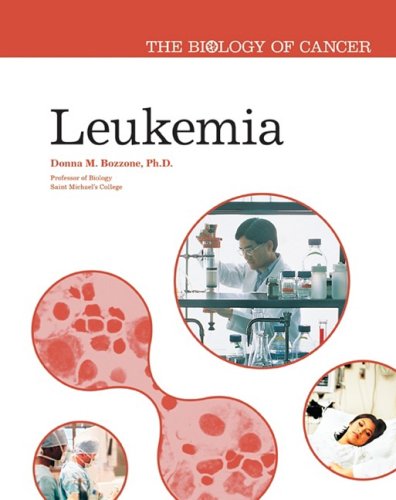
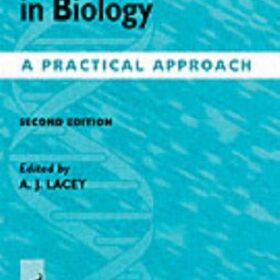
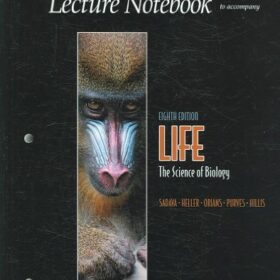
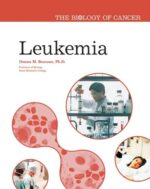

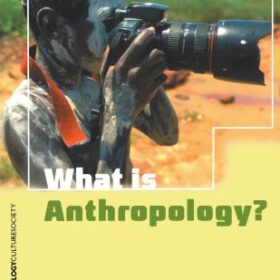
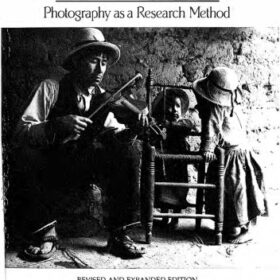
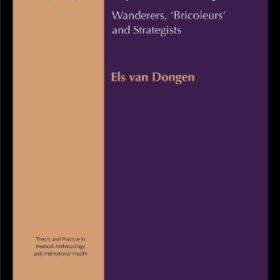
Reviews
There are no reviews yet.